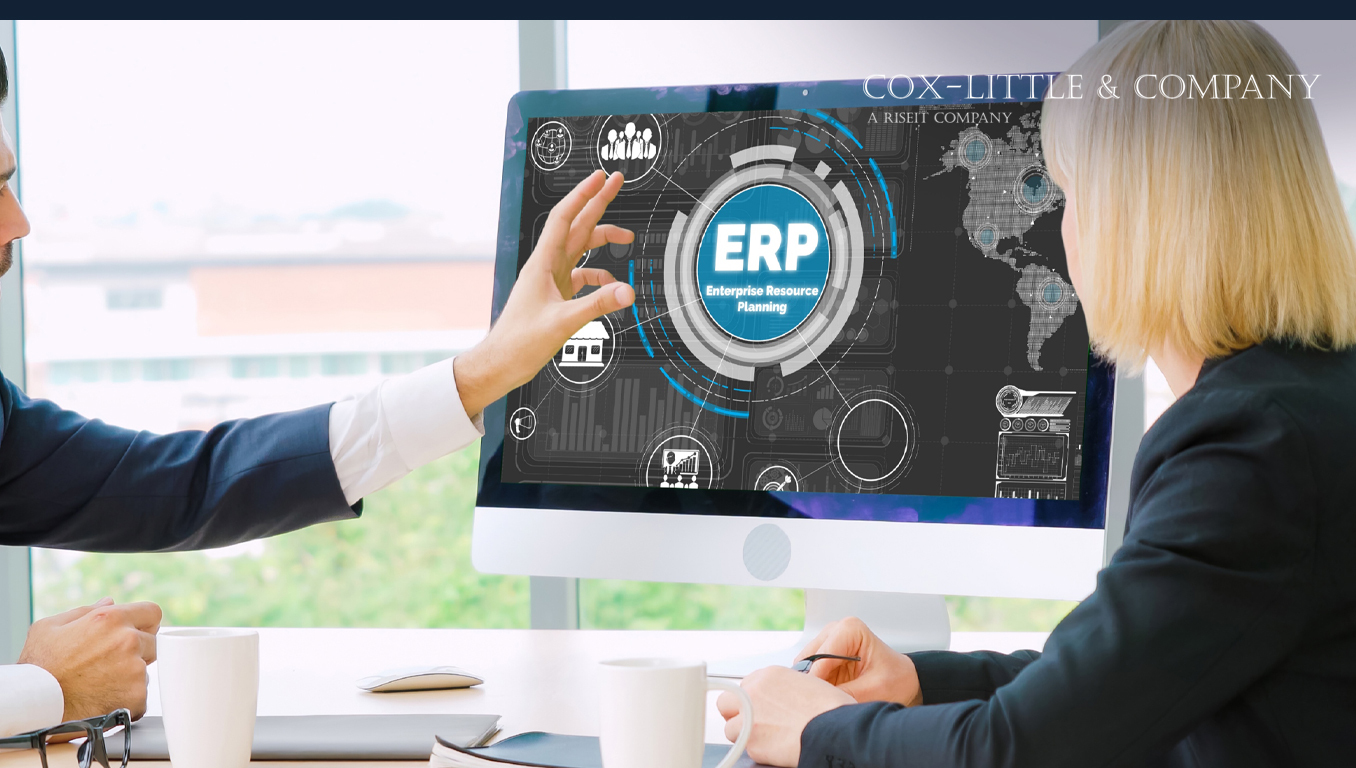
Enterprise resource planning (ERP) software platforms are renowned for their sheer comprehensiveness. ERP software systems are typically quite massive in size, designed to serve as a digital hub for a company’s operations. A single enterprise resource planning system can take the place of half a dozen or more smaller software platforms. It is also typical to have dozens of functionalities with many different types of users on the platform.
Make no mistake: training is absolutely essential for ensuring that a company’s employees make the most of this technology. But the very nature of the typical ERP platform makes for a very complex training equation that requires lots of planning and preparation. This is essential for minimizing ERP training costs, while simultaneously maximizing the ROI for your business.
Understanding ERP Software and the User Types
The first step for reducing ERP training costs is to understand your software and then, identify the different user groups who will need to be trained and or hired.
Enterprise resource planning software often undergoes custom configuration to suit an organization’s unique needs. Therefore, your ERP implementation partner can provide a precise overview of what features and functionalities your platform will include. That said, the average platform will have modules for the following departments or divisions.
- Human Resources (HR)
- Accounting and Financial
- Manufacturing and Inventory
- Retail and eCommerce
- Procurement, Supply Chain and Logistics
- Sales and Marketing
- Analytics and Business Metrics
An ERP platform is a centralized digital core of a company’s operations. The beauty of this sort of system is that it utilizes a centralized database, which allows stakeholders to achieve a bird’s eye view of their company’s data — including business analytics.
As a company implements an ERP platform, a key objective is to minimize the number of different software systems in use. Ideally, all functionalities should be integrated into a single ERP interface. In some cases, a third-party platform may need to be retained. In these situations, an API may be leveraged to achieve an integration so the third-party platform “talks” to the ERP platform. This is a good example of how these enterprise software systems are often customized to suit an organization’s unique needs.
Once you have identified the different modules or “sections” of your ERP platform, you will be well-positioned to identify the different user types who will require training. For example, the HR department will need training that is different from the staff in the manufacturing division. The same is true of the marketing team, the accounting staff, and so on — each will require training in different features and functionalities. This requires a plan, which is your next step in the process of reducing ERP training costs.
Developing an ERP Training Plan
Once you’ve identified the different user groups who will be trained on your new enterprise resource planning software, it is time to develop a comprehensive training plan.
One key for reducing ERP training costs is to identify areas of overlap in terms of employee training needs. Yes, there will be different user groups, each receiving training on a different module or “section” of the ERP interface. But there are often areas of overlap in terms of their training needs too. For instance, you may have several user groups who need to learn how to use a single feature. It would be impractical and inefficient to hold multiple identical training sessions when you could achieve the same result with a single training session. Identifying these areas of overlap is key to reducing training costs and the downtime associated with training.
An ERP training plan should revolve around these different groups. A modified work schedule is typically required. Obviously, your staff cannot perform their normal duties when they’re engaged in a training session, so your employees’ work schedule will need to be adjusted to accommodate training. There may need to be some overlap between shifts to allow for full coverage in positions that must be continually “manned.”
Also, remember that ERP training is an intense, mentally-draining experience. To maximize retention and to minimize the amount of required training, plan to train your staff in multiple sessions. Four two-hour training sessions are always preferable over a single eight-hour training session. Better retention will mean that your team members require less training overall, leading to reduced costs both in terms of the actual training expenses and the costs associated with reduced productivity.
Superusers and Additional Tips to Reduce ERP Training Costs
One key strategy for reducing ERP training costs involves hiring ERP professionals known as “superusers.” And once these superusers are hired, take measures to be sure that at least one of these individuals is available during each shift. These superusers should be trained in advance of the other staff, receiving the very intensive and extremely in-depth instruction in all areas of their division’s ERP module. These superusers can provide much-needed support to their fellow team members during the training phase and in the days after the new enterprise software is formally deployed. These superusers allow for a faster, more efficient training process. This translates into significant savings and a less stressful ERP rollout.
You can also minimize downtime by launching a duplicate instance of your ERP platform during the training period — before you have performed the actual rollout and deployment of your new software. Think of it as an analogue to a staging platform in the world of website development. This duplicate instance of your software can be used during the training process, providing staff with an opportunity to get real-life experience on the ERP interface, without the fear of “breaking” something. This real-life “sandbox” experience will make for a more effective training process which, in turn, allows staff to get straight to work once the rollout occurs. The end result is little to no downtime and greater user confidence.
You can also reduce downtime by scheduling the ERP rollout for an off-peak time, such as a night or weekend.
At Cox-Little, we understand the stress of an ERP deployment and it is our belief that training is key to a successful and cost-effective ERP rollout. Contact the Cox-Little team today if you’re ready to begin the enterprise software implementation process with an ERP expert to help guide the way.





